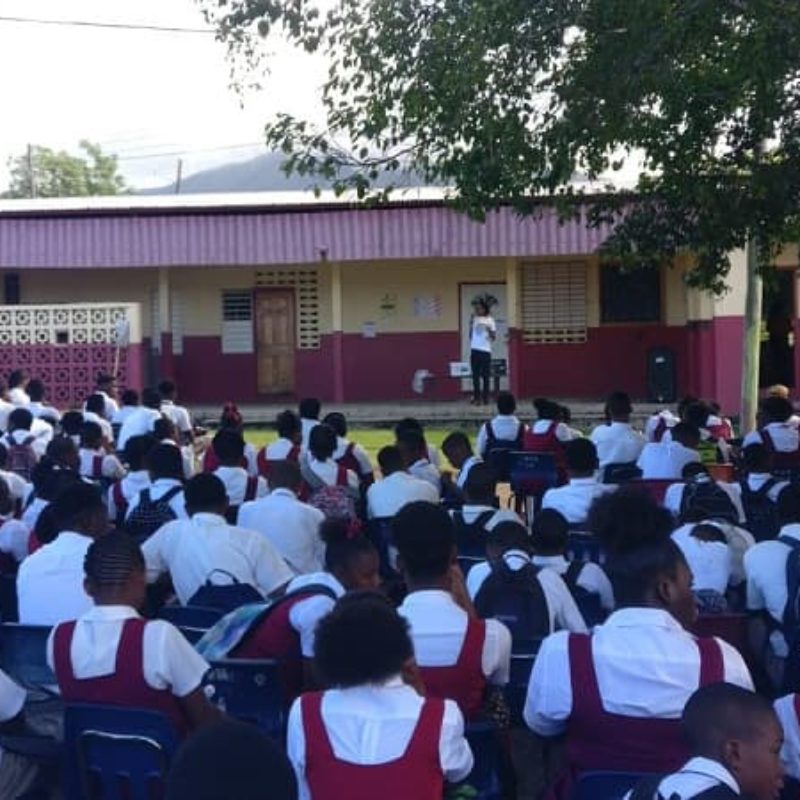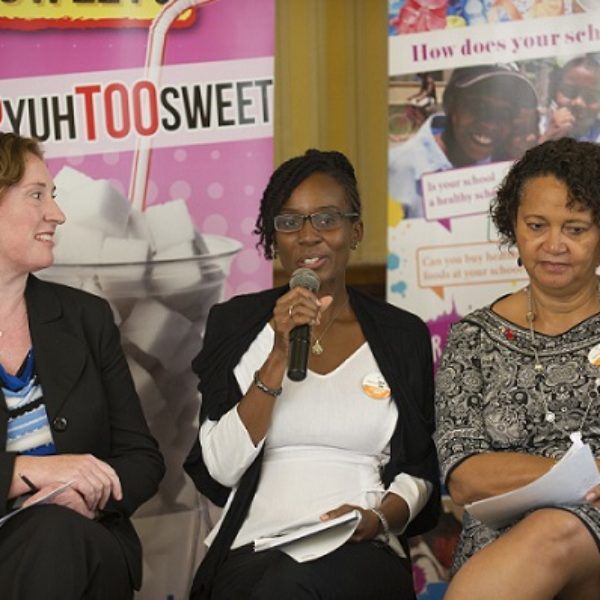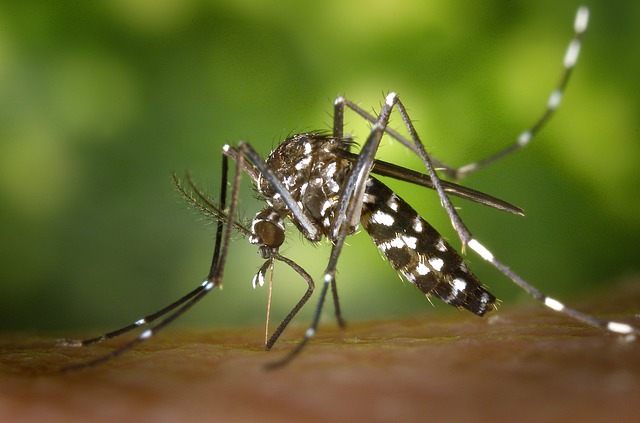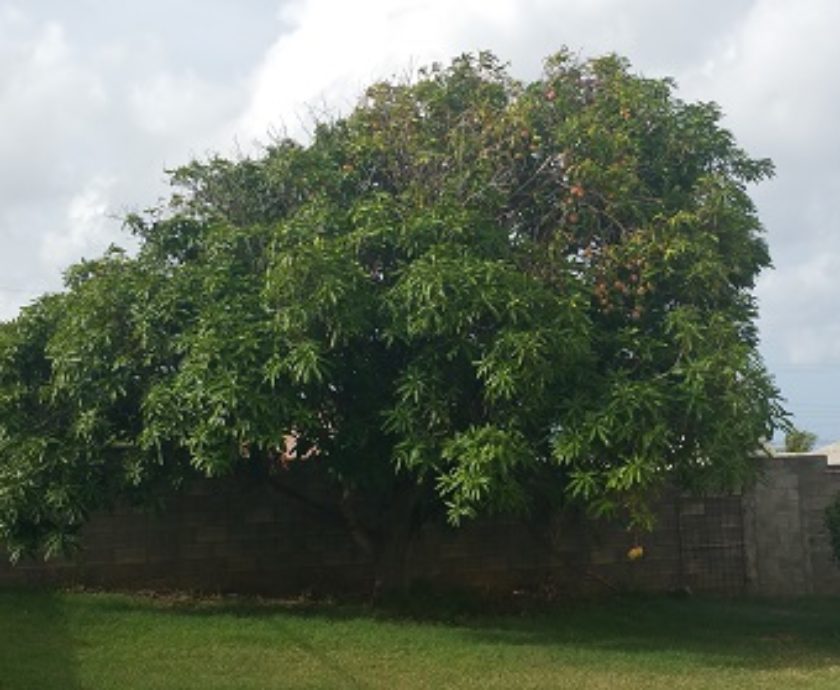Last week was World Obesity Day and to mark the occasion researchers released global estimates of childhood and adolescent obesity levels. The publication of this data aimed to give a flavour of where we are with the health of children throughout the world and initiate action on tackling childhood obesity. The study pulled together data from 2,416 sources and this covered information on the height and weight of 128.9 million people aged 5 and over from 1975 to 2016.
Overall the data showed that globally the number of obese children increased by a factor of 10 from 1975 to 2016. If we put that into numbers the number of obese girls (aged 5 to 19) rose from 5 million in 1975 to 50 million in 2016, whilst the number of obese boys increased from 6 million to 74 million.
Interestingly, when we look at specific regions across the world, we see that Polynesia and Micronesia have the highest childhood obesity levels and the lowest levels are seen in south Asia and east Africa.
It was also noted that whilst there are high levels of obesity amongst children worldwide a significant number of children are moderately or severely underweight – 75 million girls and 117 million boys. The majority of these children are in South Asia, specifically India.
What’s happening in the Caribbean?
The Caribbean is also included in this study with 18 countries explored. This included Antigua & Barbuda, the Bahamas, Belize, Barbados, Bermuda, Cuba, Dominica, Dominican Republic, Grenada, Guyana, Haiti, Jamaica, Puerto Rico, St Kitts and Nevis, St Lucia, St Vincent and the Grenadines, Trinidad and Tobago and Suriname.
When all the data for the Caribbean was pooled together, the data was somewhat promising in 5-9 year olds with the average BMI (Body Mass Index) for Caribbean boys and girls being on the lower end when compared to other countries. For example, the average BMI for girls aged 5-9 in the Caribbean was found to be about 16kg/m2. This was the 6th lowest out of 21 countries. The highest being about 20 kg/m2 in Polynesia and Micronesia, the lowest being 14.5kg/m2 in East Africa and South Asia.
When looking at the older age group of 10-19 year olds, the data is not so promising with Caribbean children being on the higher end of the scale. For example, the average BMI for Caribbean boys aged 10-19 was about 21.5 kg/m2, the 6th highest out of 21 countries. The highest being almost 24 kg/m2 in Polynesia and Micronesia, the lowest being 18 kg/m2 in South Asia
As well as looking at the average BMI, the researchers explored the prevalence of obesity in different countries and again some countries in the Caribbean are ranked amongst the highest with countries like Bermuda and Puerto Rico having an obesity prevalence in girls of over 20%.
Conclusion
This work confirms what is widely known in the Caribbean and other countries, childhood obesity is a problem and needs to be tackled with some urgency. On paper the solution is easy: get children active and improve their diet, but in reality due to a number of factors such as culture, income, motivation and opportunity the solution is difficult and complex.
We all need to work together to determine how best we can address this problem by encouraging the Caribbean to see the benefits of their traditional way of life before Western culture and food were embraced. We have to make physical activity a part of life and turn back to home-grown, unrefined, home-made food.












